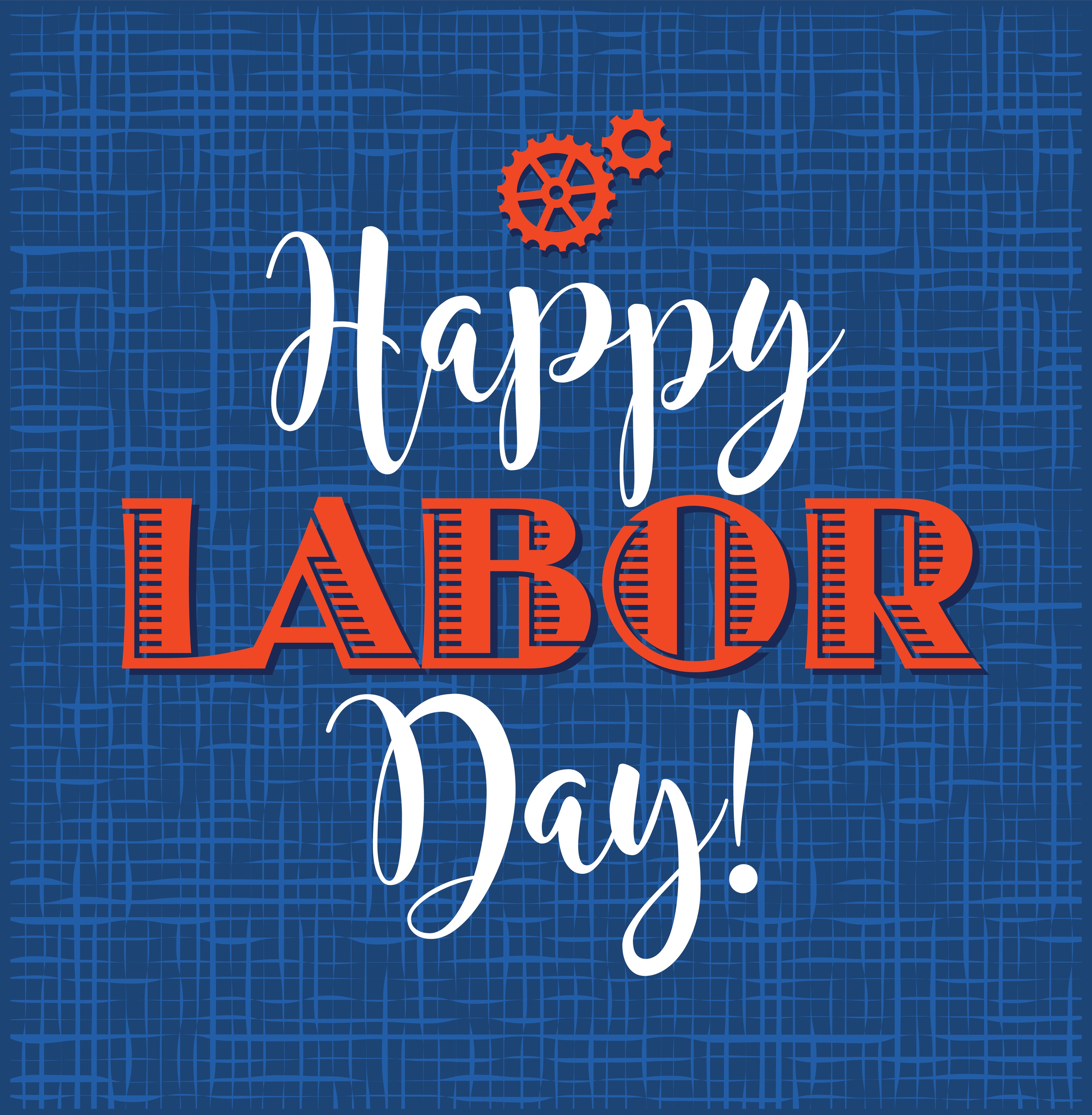
For most of us, the first Monday in September marks a day off from work and a last chance to gather with friends and family before summer is replaced by the chill of fall. Our barbecues and fireworks are a far cry from the first Labor Day celebrated in 1882, when a parade of 10,000 workers in New York City went on strike to protest the 58-hour work week that was common at the time.
It took until 1894 for Labor Day to be declared a federal holiday and until 1916 for the Adamson Act to establish the eight-hour work day. It is thanks to the efforts of these early laborers that we have weekends, minimum wage, and overtime pay. Every year, there are those who worry we have forgotten the original meaning of Labor Day. But since the holiday is meant to celebrate the strength and dedication of the American worker and remember those who fought for labor rights, it seems only fitting to take the day off and relax.
Labor Day is often celebrated by firing up the grill and gathering with friends, neighbors, and family for a barbecue. Here are a few interesting facts you can pull out at any backyard shindig when you're looking to impress your company…
- The first state to celebrate Labor Day as an official holiday was Oregon in 1887.
- According to the National Hot Dog and Sausage Council, Americans eat approximately 7 billion hot dogs between Memorial Day and Labor Day.
- Labor Day brings some of the biggest sales of the year. The average Labor Day shopper is expected to spend $58.
While some of us may be indulging in hot dogs and hamburgers at home, others will be braving the notorious Labor Day traffic for one last summer adventure. Whether you are traveling by plane, train, or automobile this weekend, here are some travel related facts...
- 25% of Americans plan to travel for Labor Day weekend.
- It was estimated that at least 16.1 million people flew Labor Day weekend in 2017. The busiest airports were Hartsfield–Jackson Atlanta International, Los Angeles International and Chicago O'Hare International.
Labor Day should also be a moment to consider how our workplaces have evolved. For many, working today often requires being constantly connected and always available. Here are a few facts about today's working environment and tips for better well-being.
- According to the Bureau of Labor Statistics, the average American worked 44 hours per week last year.
- A survey of 483 professionals found 60% of those who carry smartphones are connected to their jobs 72 hours per week.
- A 2016 Harvard Business Review Article suggests that we receive 11 million bits of information ever second, but can only process 40 bits. A key to dealing with this information overload is compartmentalizing cognitive tasks².
- The Cleveland Clinic conducted a study at its own facilities and found that those who practiced mindfulness reported a 31% decrease in stress levels and a 28% increase in energy throughout the day³.
While the rest of the world celebrates International Worker’s Day on May 1st, our Labor Day provides a much-needed break between the Fourth of July and Thanksgiving. But many Americans will still be reporting to work September 3rd, including dedicated medical professionals and emergency personnel who continue to look after us on our days off.
So as you celebrate, remember the efforts of those who came before and enjoy your Labor Day!
[1] Go ahead, waste some time - it's good for you. Here's why. Alan Lightman, The Washington Post, August 21, 2018.
[2] 5 Ways To Boost Your Resilience at Work. Rich Fernandez, Harvard Business Review, June 27, 2016.
[3] Cleveland Clinical Study Finds that Meditation at Work Reduces Stress and Boosts Morale. Cleveland Clinic Press Release. March 9, 2016.

